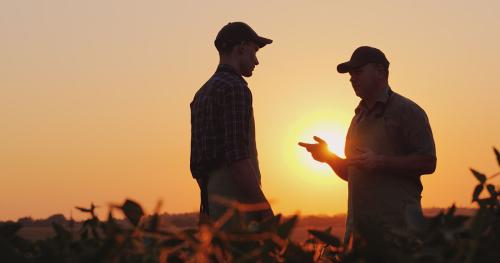Search results
Displaying 201 - 210 results of 1575
- Page… Operator must be under direct supervision until assessed as competent by person in charge of the workplace. What equipment do you need? Gloves (optional) Eye protection (optional) General …
- Editable PDF… ministry environment transitioning lowemissions climate … targets dont take account most recent ipcc report which states biological methane … should recognised receive continued support farmers must included valued part new zealand …
- News… The British High Commission has long been an important partner for the New … opportunities to work together. “New Zealand farmers are recognised as leaders in … a farm visit for the new British High Commissioner, Ms Iona Thomas OBE, to improve their …

- News… We know farmers are feeling overwhelmed by the wave of regulatory reform over the past 12 months. Rising input prices and softening … months in the latest edition of the Red Meat Report. The report is available to read at …

- News… With consultation on potential changes to New Zealand’s … Zealand (B+LNZ) has released an independent report on whether changes are needed to the … Lamb New Zealand releases independent report on ETS options …

- News… New Zealand's red meat industry faces continued challenges as China's economic weakness and competition from Australian supply impact red meat … B+LNZ report on China market examines when demand may …

- News… On 6 May, the Rural Support Trust (RST) released the Rural Support Impact Report highlighting its important work … Rural Support Trust Report shows strong impact for rural …

- … how should new zealands red meat sector respond alternative protein advancements summary report 112 key insight underpinning strategic … protein product sensory yet shift away from farming livestock selling animal proteins …
- Industry data… asia pacific middle east eu27 other 202223 202324 source beef lamb new zealand economic service new zealand meat board beef … Beef exports by region - volume …
- News… This morning, National’s Agriculture spokesperson Todd McClay … said there would be sweeping changes to farm regulations which would improve access to … food production, should National win the 2023 general election. McIvor says B+LNZ has …
